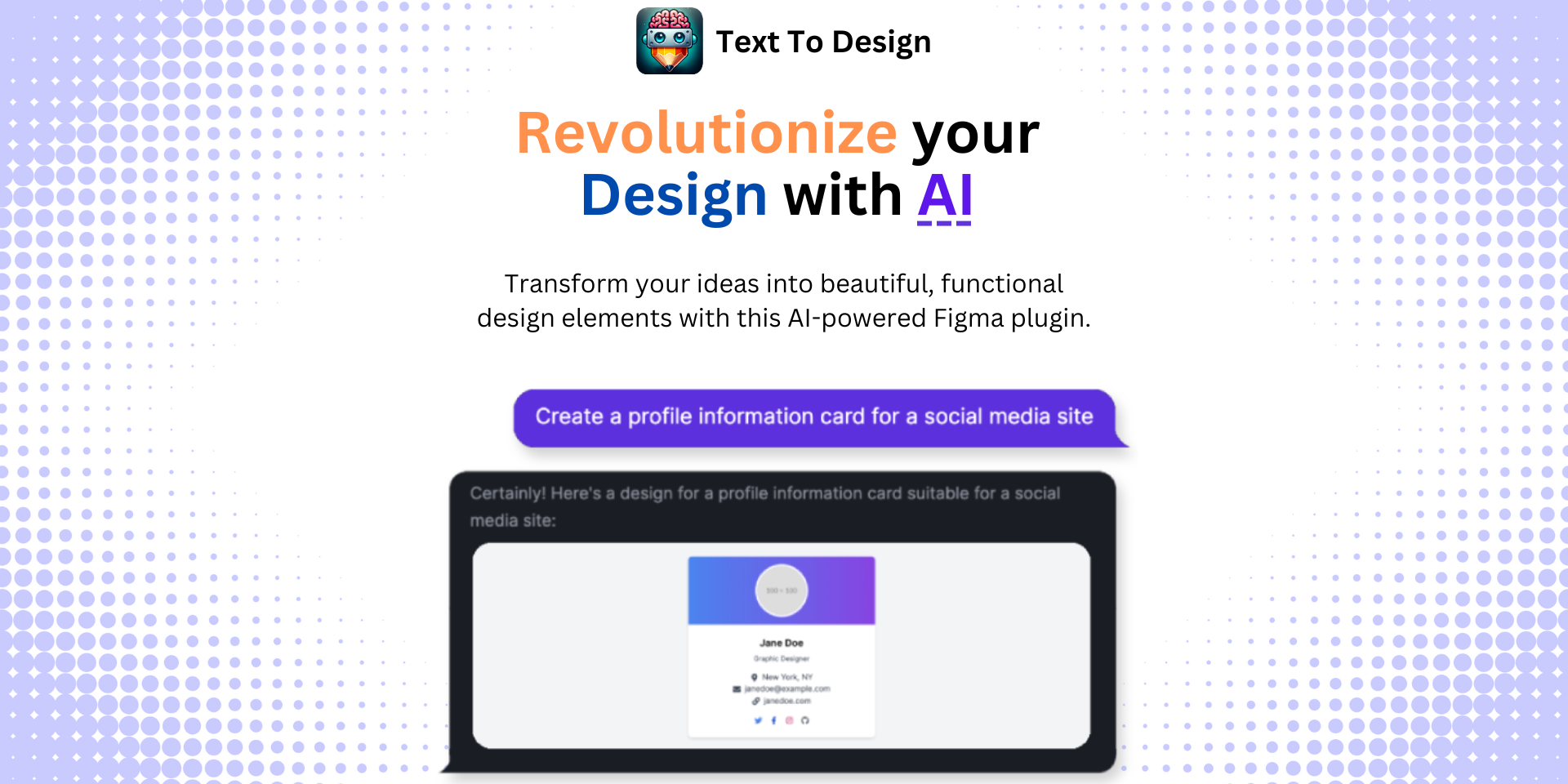Figma to HTML Conversion: The Essential Guide for Designers leveraging AI
No results found
12/29/2023
Figma to HTML Conversion: An Essential Guide for Designers123

Figma has revolutionized the way designers create and share their work, making it a popular tool for graphic design and prototyping1. Among the many powerful capabilities of Figma, one of the most sought-after is the ability to convert Figma designs into HTML and CSS code1. This feature enables designers to smoothly transition their work from design to development, saving time and ensuring a pixel-perfect website. This blog post will delve into the world of Figma to HTML conversion, discussing its benefits and sharing useful tips and techniques13.
Why Convert Figma to HTML?
Converting Figma designs to HTML has numerous benefits. The process enables a fast load time, mobile compatibility, and pixel-perfect quality, making it an attractive option for designers1. It also results in SEO-friendly websites that help businesses rank higher in search engine results1.
How to Convert Figma to HTML
There are multiple ways to export Figma designs to HTML. Here are some of the most popular methods:
1. Figma Inspect
Figma Inspect is a built-in tool that allows developers to view design properties and export assets1. It streamlines the process of translating design elements into usable code1.
2. Figma Plugins
There's a plethora of Figma plugins available that simplify the process of conversion1. These plugins can extract design elements and generate code, providing a convenient conversion method1.
3. Third-Party Export Tools
Numerous third-party tools offer Figma to HTML conversion services1. These provide a quick and easy solution, especially for those who prefer not to deal with code1.
Manual Conversion
Another option is to manually convert Figma designs into HTML. This requires a good understanding of HTML and CSS and might be more time-consuming but could be a preferred choice for more complex designs3.
Preparing Your Figma Design for Conversion
Before converting your design to HTML, it's important to prepare your Figma file. Here are some key points to remember3:
- Organize your layers: This helps in identifying each element during the conversion process3.
- Use design components: Components help maintain consistency across your design3.
- Maintain consistency in fonts and colors: This ensures that the final output closely matches your design3.
- Mark exportable assets: This allows you to easily identify which assets need to be exported3.
Conclusion
Figma to HTML conversion is a powerful technique that allows designers to turn their creative work into functional websites. However, mastering this process requires practice and understanding of both design and development.
As a designer, you can make this process easier and more efficient by utilizing our advanced AI-powered Figma plugin, Text To Design. It transforms your text descriptions into innovative design ideas, making the design process smoother and faster4.
Why not try it out today? Click here to get started4.
Footnotes
Step Into the Future of Design with your AI Copilot
Join +40K designers revolutionizing their workflow with AI. Install our Text-to-Design plugin in just a few clicks to unlock your creative potential. Start for free and instantly generate designs for your project.